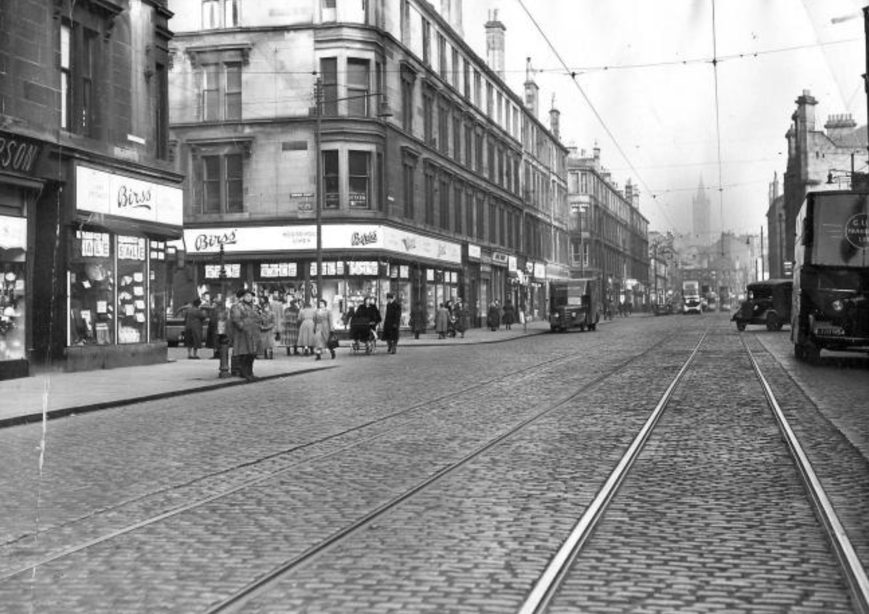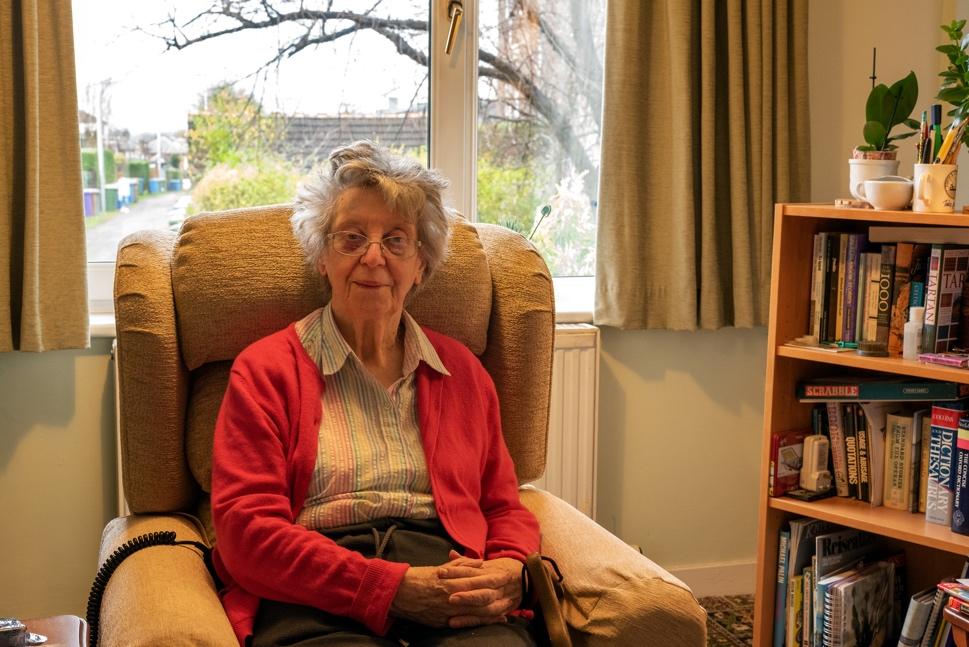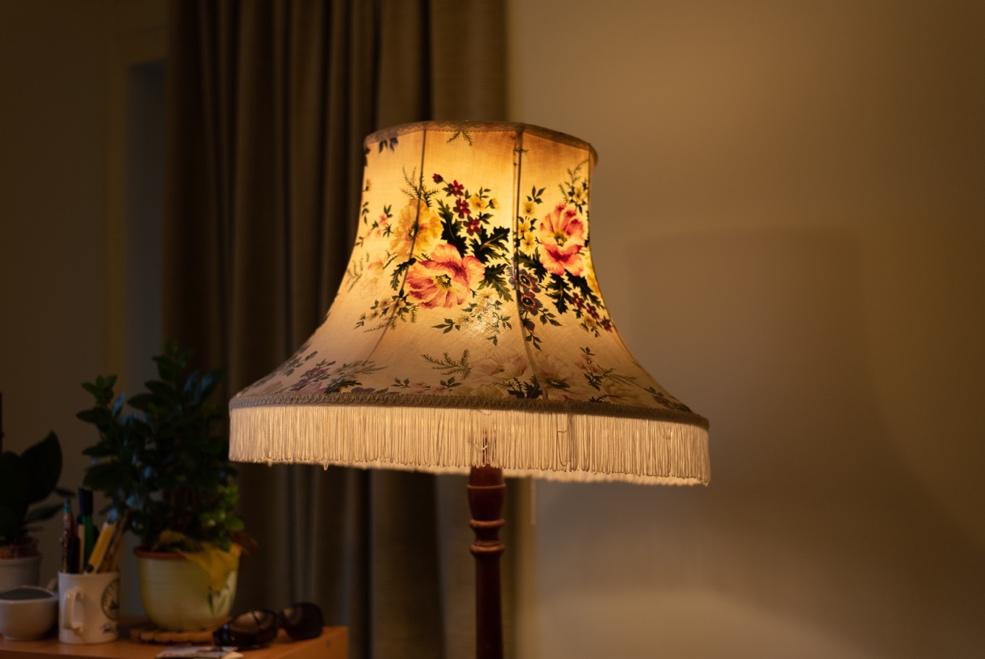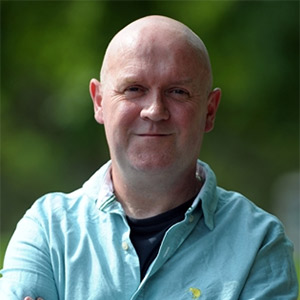
Nicola Stead is a socially engaged artist working with photography based in Glasgow. Engaging with local communities within the west of Scotland to tell the story of the place as well as its people, she is interested in issues regarding personal, social, and cultural identities. Nicola has a First Class Honours Degree in Photography. Her work has been exhibited widely including Portrait of Britain, the RSA, Street Level Photoworks, Visual Arts Scotland and the Glasgow Women’s Library, as well being published nationally in publications including The Guardian and Source magazine.
Objects and Memory
I first started visiting Marion in November 2021 as part of the Autumn Voices Third Age Plus Pioneers Project. I was put in touch with her through a local befriending agency. Marion is 90 years old and lives alone. She has some health issues and walks with a walking frame which limits her ability to get out and about.
Marion is very articulate and friendly, and we spent time chatting about her life. She spent her full career in teaching – firstly as a primary school teacher, then through the years rising to a Head Teacher position at a school in Temple, Glasgow, where she spent the last 18 years of her career. I asked Marion if she had any old photographs she would like to share with me and challenged her to find the earliest one she could for my next visit.
The next time I visited Marion, she had all her photo albums waiting for me. She said she had surprised herself as she found lots of old photos she had forgotten about and had enjoyed looking through them again. As requested on my previous visit, she had identified her oldest photograph which she shared with me. The black and white photo was 83 years old and was taken on the day of her aunt’s wedding.
Pictured in the image as one of the bridesmaids is a 7-year-old Marion. The photo was taken in 1939 in the Grand Hotel in Glasgow just before the outbreak of the Second World War.
Looking at the image, Marion was able to vividly recount the day of the wedding and told me of the boredom she and her sister felt while the adults socialised, as there were no other children present. The sisters discovered that the polished floors of the hotel were very slippery and proceeded to make a game out of running and sliding on the surface! Their mother scolded them badly when she caught them in the act.
We then spent time looking through some of the photo albums together with Marion recounting exotic holidays she had taken in Bermuda, New Zealand and Australia. She smiled and laughed as the photos brought memories flooding back.
Throughout my visits with Marion, I observed the interesting variety of objects in her home, and I became curious about them. Marion has lived in the same flat since the 1960s and it has become virtually her whole world now as she rarely goes out. I began asking her about some of her things. Marion was very engaged in these conversations, and I became fascinated by her stories and memories connected to the otherwise ordinary objects.
One of the most fascinating was Marion’s standard lamp.
“The standard lamp belonged to my grandma Tait; it must be over 100 years old now. I remember visiting her as a child on Sunday afternoons at 308 Dumbarton Road, one up. The communal close to her flat was called ‘Birss’ close because there was a Birss shop on either side of it. Birss’s had several shops in Partick at the time; they sold ladieswear and underwear in one of the shops and gents clothing in the other. My uncle Douglas and his wife Cathy lived with my grandma until she died in her 90s in roughly 1959. Uncle Douglas then died on the bowling green adjacent to the cricket pitch on Peel Street in Partick in the 1960s. Everyone said he died doing the thing he loved. After Uncle Douglas died, Cathy moved into a smaller house and that’s when I inherited the standard lamp.” – Marion.
Marion’s memories of her grandmother’s standard lamp were interesting to me on a personal level. Coincidentally, I too live in a tenement flat on Dumbarton Road in Partick, in Glasgow’s West End, just along the road from Marion’s grandmother’s old flat. I pass the building every day and it was fascinating to contemplate that this is where the standard lamp once lived.
Marion said her grandmother’s tenement close was referred to as ‘Birss’ close. I was intrigued by this and did a bit of research. I discovered that the Birss’s shops were once very popular with the West End public. The firm had been set up in 1905 by James Birss, who teamed up with a Mr Mitchell and they had stores in Dumbarton Road, Victoria Road and Kirkcaldy, trading as Mitchell and Birss.
The Fife shop did not last long and when the two men parted ways Mr Mitchell took over the Victoria Road store, with Mr Birss keeping the Partick shops. Of the nine Birss children, Alex, John, and George went into the business and kept it going in later years. I came across a lovely old photo from 1956 of the two Birss shops on either side of Dumbarton Road at the junction with Gardner Street, with Marion’s grandmother’s old flat in view. It was just as Marion had described and the image really brought her memories to life for me.


How fascinating to become aware of this interesting piece of social history right on my doorstep. I photographed the same area now for comparison. The Birss shops are long gone, though Marion’s grandmother’s tenement flat remains virtually unchanged. The tram tracks and overhead wires are also gone; however, the architecture of the street is basically the same, with the spire of Glasgow University still visible in the distance. It’s intriguing to see the old cars and the way people are dressed and to imagine Marion’s grandmother going about her business in the neighbourhood. She would have been roughly the same age that Marion is now when the photo was taken in 1956.
It’s fantastic that all those layers of personal and collective history have been revealed through a humble standard lamp. Our memories are so important, both as individuals and as a society. We tell our stories through the otherwise ordinary things in our homes that are associated with the people, places, and events in our lives. As the years go by and we get older, it is important to cherish these beloved objects and photographs that document our lives and connect us to the past.








